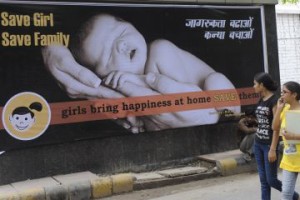The Rob Tichener profile on The Archers (BBC Radio 4) has been carefully constructed. It accurately reflects the attitudes, controlling behaviour and motivation of many abusers. The way his long-term undermining of Helen left her confused, isolated and fearful was also the product of careful research and good script-writing. However, the plot was greatly helped by scripting the witness of Jess, Rob’s first wife, who changed not only the outcome of Helen’s trial for attempted murder, but Helen’s ability to walk away from the abuse, and begin life again. Many real-life victims don’t have access to previous partners, historical examples and other scenarios of abuse.
Although The Archers discloses a scenario found very often in domestic abuse situations, there are many other variations it can take. Here is an excerpt from Chapter 6 of my book Scars Across Humanity – (written, incidentally, before the Rob-Helen development in The Archers) The chapter is titled: ‘Nowhere to run; nowhere to Hide.’
‘Abuse can begin at the start of a relationship, but it can also suddenly erupt after years spent together. It can occur in ‘forced’ marriages, where the woman has few legal rights or protection, or it can occur in relationships where the woman has chosen her partner and is ‘protected’ by the law. It can follow a generational pattern, where the abuser has grown up in a dysfunctional family or with a violent parent, but it can also begin without any previous family patterns of abuse. It can be affected by poverty and scarce resources, but also found in highly affluent contexts. It can be part of overall violence in society – war or tribal fighting – or it can occur in situations of peace and calm. It can be related to trigger points – unemployment, financial loss, depression – or it can come without warning. It can be accompanied by irritability and anger, or it can be a calculated and deliberate way of inflicting pain on another. It can be associated with alcohol or drug abuse, but be inflicted too by those who are stone cold sober. In short, domestic abuse covers so many multiple forms that even those who are enveloped within it do not always recognize it for what it is. At its core, it happens because an abusive person chooses to behave in a way that gives maximum power over the other. The abuser deliberately acts to dominate and control.
…………
What are the signs?
We can see from the complexity of domestic abuse that it is difficult to construct a definitive list of signs that someone is a victim, whether that person is male or female. Because individuals may not identify their experiences at the hands of their partners as domestic violence, they may neither seek help nor realize help is available. Sometimes, an abusive person’s personal characteristics are exactly the same qualities that first attracted the partner. For example, a woman might initially regard a man who always wants to know where she has been as intensely romantic and loving. Only later, when she finds she cannot act or move without his supervision, does she realize she has become imprisoned by a controlling tyrant. There can also be a collusion of silence between both the violator and the victim, where the perpetrator lies to deny what is happening, and the victim hides the truth because of fear or shame. As Amy Buckley points out, the victim may defend the abuser, due to ‘fear, coercion, threats, denial, shame, [or] blame economic necessity and events relating to the cycle of abuse’. Sometimes, couples have become so skilled at playing ‘happy families’ that even close friends or relatives may not detect the real truth about the relationship.
Yet in relation to women’s experience of domestic abuse, there are patterns which constantly recur. An abuse victim often becomes isolated from family and friends. She may be jumpy or anxious in her partner’s company, or be reluctant, unable even, to speak for herself. She may have regular unexplained absences from work, have little access to money, and be cautious about having visitors at home. She might show little interest in her appearance, paying no attention to clothes or hair. Those around her may notice that her partner is constantly checking up on her – texting, phoning, interrogating – requiring her to answer his questions or meet his requirements. And, even though the abuser is careful to inflict wounds which cannot easily be detected, she may, of course, present inexplicable injuries, where explanations do not match the evidence.
If we try to draw up an accurate profile of a typical abuser we are beset with the same problems. For example, some violators do lose control very easily, and become caught up in demonstrations of anger which get completely out of hand. Often, a man will blame his partner for making him angry and out of control, and thereby bringing the problem on herself. He will deny that he is violent, or punitive, and assert that he is simply reacting to the situation his wife leaves him with. Yet although domestic violence often does build up in a crescendo, it has very little relation to the woman’s behaviour, for she is in a ‘no-win’ situation. The majority of perpetrators are not, in fact, men out of control, but are very much in control. They know exactly how to hurt their victim, how to inflict the maximum pain without detection. Women have come to clinics with their bodies covered with burns, yet largely hidden by clothing. Women have described how their throats have been squeezed almost to the point of asphyxiation, and then, as they were losing consciousness, released. Violent and brutal tactics employed by abusive men will be used regardless of whether they feel anger or not. Only rarely is domestic abuse simply an angry outburst; it is far more frequently a very deliberate choice to hurt, damage and control the other.’
The next posting: What might we learn from The Archers about what other people can do, and what to avoid?
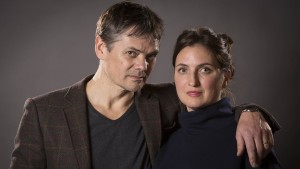
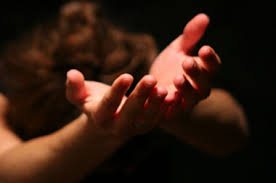 I meet people who tell me how lucky I am to have faith and I remind them that faith is a free gift from God given to all but it is not always easy to receive. Hard hands find it hard….full hands find it hard…..for to receive the gift of faith we need open hands and an open heart.
I meet people who tell me how lucky I am to have faith and I remind them that faith is a free gift from God given to all but it is not always easy to receive. Hard hands find it hard….full hands find it hard…..for to receive the gift of faith we need open hands and an open heart.

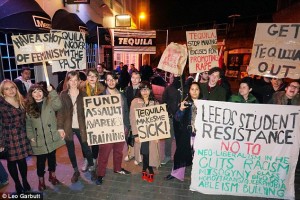
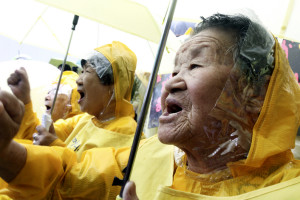
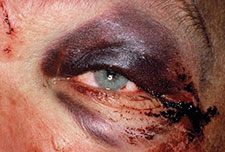
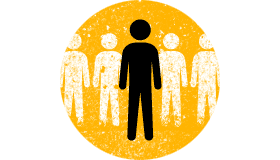
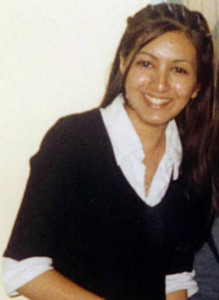
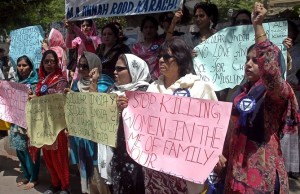
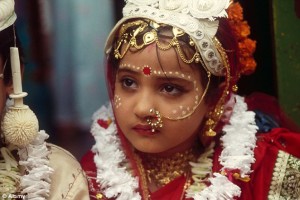
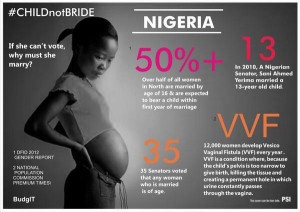
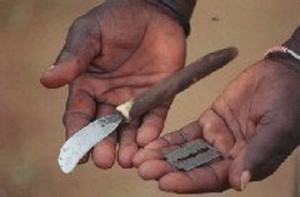
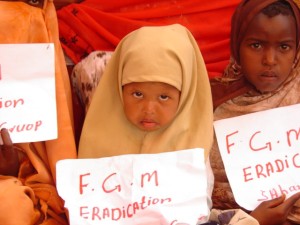 00 women in England and Wales are living with the consequences of FGM and around 10,000 girls under the age of 15 are likely to undergo cutting.
00 women in England and Wales are living with the consequences of FGM and around 10,000 girls under the age of 15 are likely to undergo cutting.